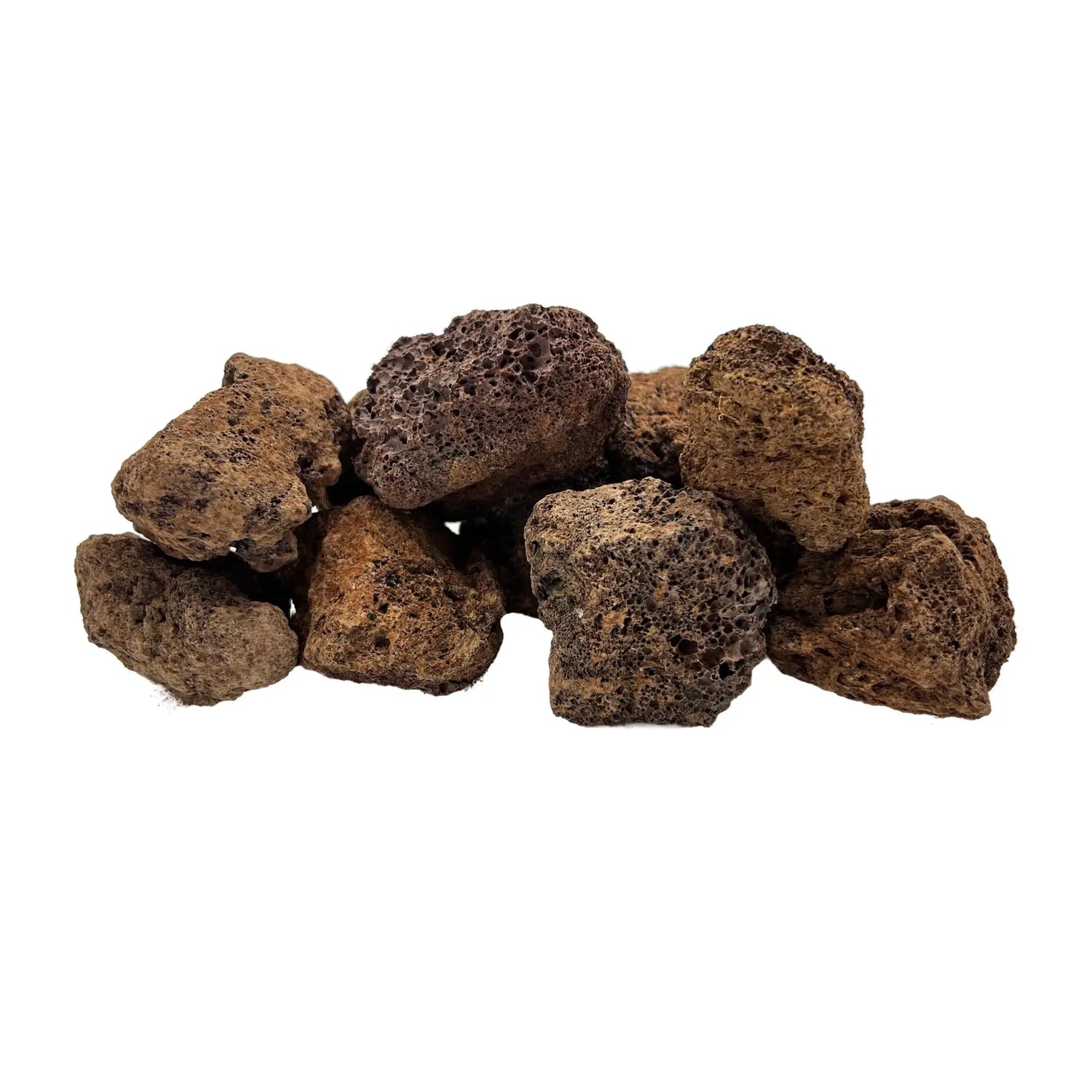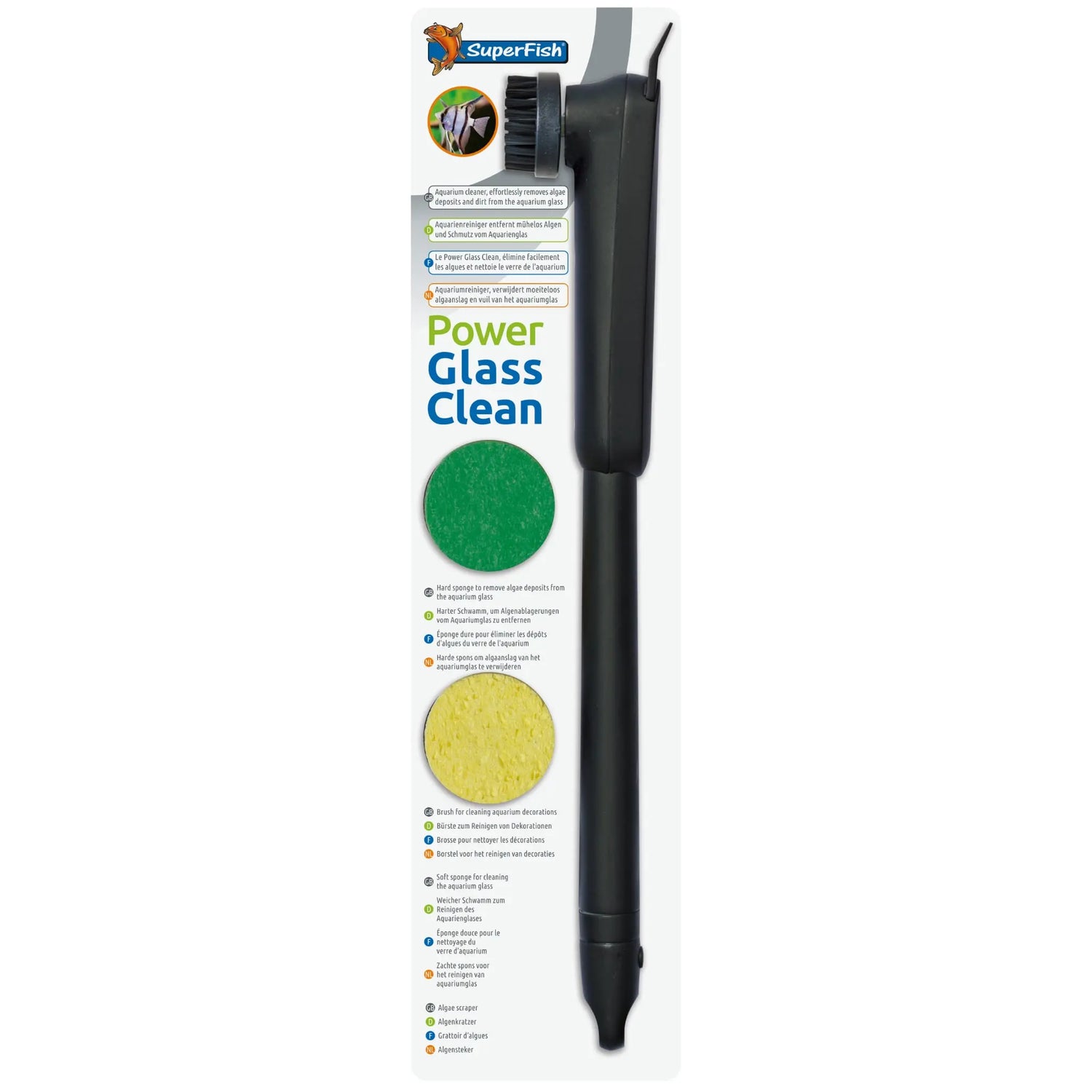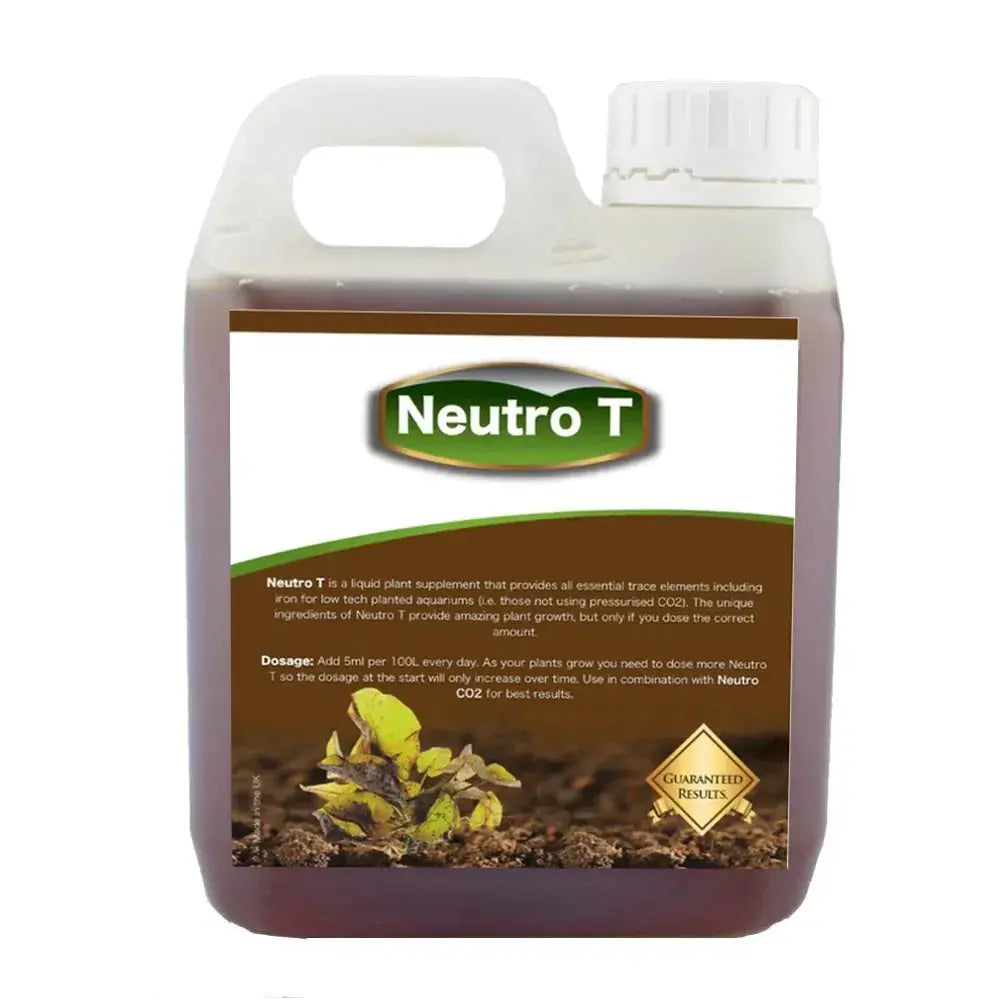Knowing whether or not to use CO2 in a tank is a choice that many hobbyists go through. And the short answer to this is simple, it really depends how much time you want to spend on maintaining your tank. There is no doubt that in order to grow some plants successfully, you will need CO2. At the same time, there are many plants that do very well with limited or no CO2 input.
There are three types of CO2 available on the market - Pressurised, Fermented & Liquid.
Pressurised is the most stable type available to hobbyists, where gas is stored in a pressurised bottle. This is attached to a regulator which in turn has a bubble counter and diffuser attached to CO2 tubing. By using a pressurised system you are giving yourself ‘gas on tap’ so this means you have total control over CO2 input. This is very important because CO2 (when used properly) creates stability in a tank. Systems such as the D-D Complete CO2 set costs £127.99. You may also wish to consider a disposable bottle system (where the bottles are literally disposed of when they are empty) or a refillable bottle system (only suitable when you can actually get bottles refilled easily). Either way don’t be frightened of CO2 - it’s very easy and safe to use contrary to scare stories.
Fermented systems are a great introduction for hobbyists who are looking to try out CO2 for the very first time and costs from £25 and up. They provide a cheap set up specifically geared towards hobbyists looking for a cost effective solution for their planted aquarium.
The set up for all fermented systems (or DIY as it is sometimes known) is almost the same. Each brand of system uses a combination of yeast and sugar provided in sachets they are mixed together and then placed within a container which allows fermentation to occur and CO2 to be produced (see image above). CO2 tubing is attached to the container which has a diffuser attached to the end. This sits in the aquarium and the gas is forced out of the fermenting chamber and is diffused into the tank. We recommend this type of set up, but it does require cleaning (due to the fermentation process) and CO2 levels can drop off, and are changeable according to the room temperature (this effects the fermentation rate).
The last option which is the most simple is a liquid form of carbon. Available by manufacturers such as Seachem, Easy Life and the AE Design label, it offers a product that provides a liquid carbon source (roughly 25% strength of pressurised CO2). The liquid carbon is packaged in a bottle and dosage is very simple but must be done daily. Another major advantage is that it works as an algaecide - it is well known for ridding many types of algae in the aquarium such as hair algae.
It is quite common for liquid carbon to be used in conjunction with DIY CO2 or pressurised CO2 systems, almost like a complimentary product. Either way when you are growing plants, it is important to have at least one source of carbon in your aquarium so at a bare minimum use a liquid carbon.






